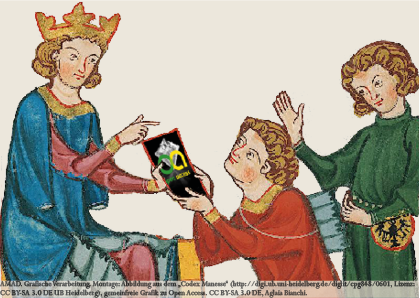AMAD
"Archivum Medii Aevi Digitale - Specialized open access repository for research in the middle ages"To submission

| Title: | The Renaissance Cittern |
| Contributor: | The Pennsylvania State University CiteSeerX Archives |
| Author: | Lord Aaron Drummond Ow |
| Description: | The Renaissance cittern most likely developed from the medieval citole. The citole was a small, flat-backed instrument with four strings. It was usually depicted as having frets and being plucked with a quill or plectrum. The citole in turn may have developed from a kind of ancient lyre called a kithara by adding a fingerboard and then gradually removing the (now redundant) arms. [1] The cittern may have been viewed as a revival of the ancient Greek instrument despite being quite different in form. The word kithara also evolved into the modern word guitar. Some modern instruments such as the German waldzither (literally ‘forest-cittern’) and various Iberian instruments (Portuguese guitar, bandurria, etc) claim some descent from the cittern, but may be more closely related to the English guitar or ‘gittern’, a sort of cousin of the cittern. They share |
| URI: | https://www.amad.org/jspui/handle/123456789/82475 |
| Other Identifier: | http://citeseerx.ist.psu.edu/viewdoc/summary?doi=10.1.1.370.809 http://www.elkiss.com/classes/cittern.pdf |
| AMAD ID: | 673441 |
| Appears in Collections: | BASE (Bielefeld Academic Search Engine) General history of Europe |

